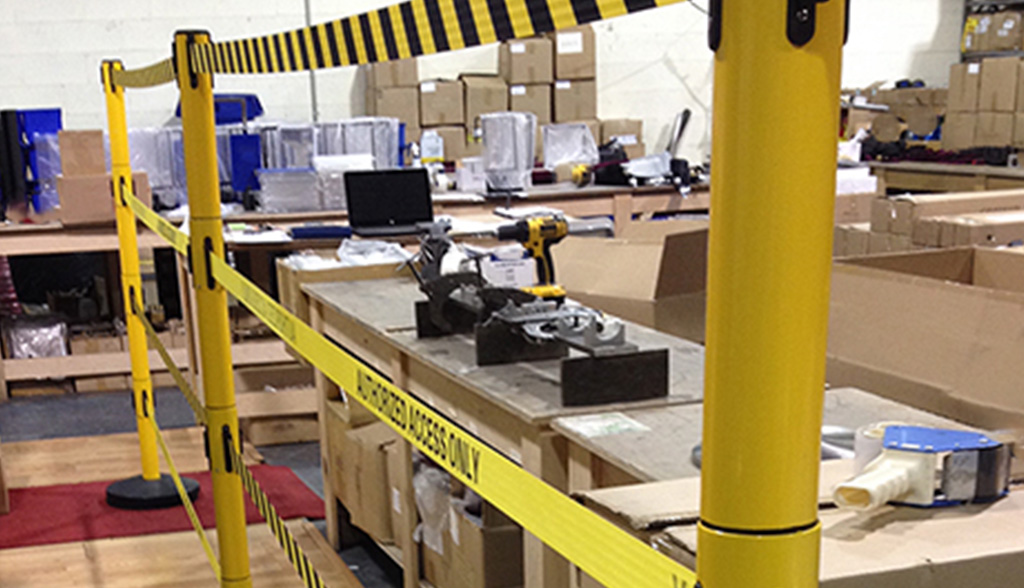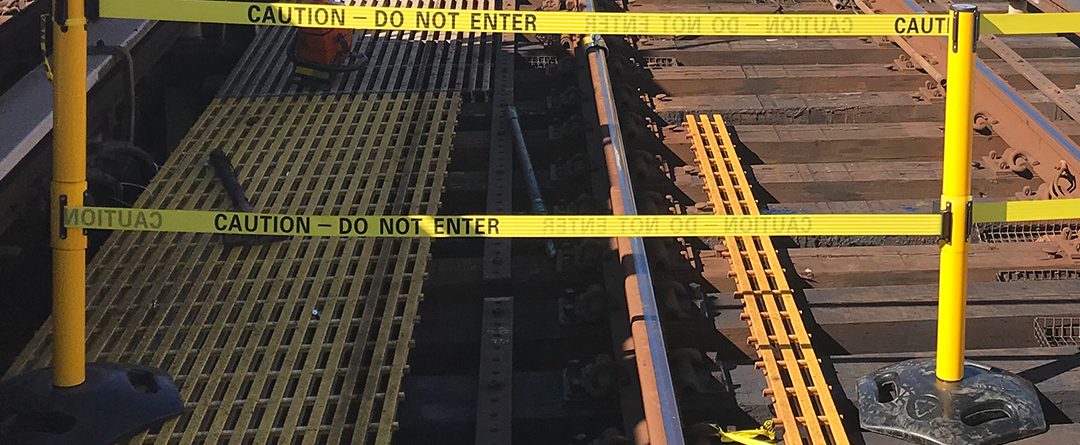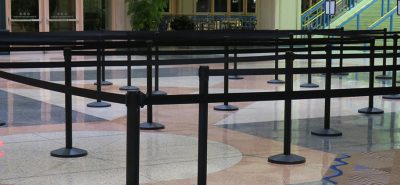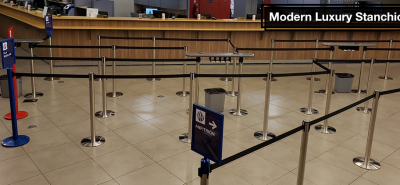Keeping a Queue ADA Compliant
Keeping a Queue ADA Compliant
Maintaining an ADA-compliant queue is crucial for any business, as it ensures that individuals with disabilities are able to access and navigate the queue in a safe and equal manner. Before discussing how you keep your queue ADA compliant it is important to understand what ADA compliance is.
What is ADA Compliance
ADA compliance refers to adherence to the Americans with Disabilities Act, a federal law passed in 1990. The law prohibits discrimination against individuals with disabilities and requires businesses, government agencies, and other organizations to ensure their facilities, goods, services, and communications are accessible to people with disabilities. Compliance with the ADA is mandatory for any organization that is open to the public, including stores, restaurants, hospitals, schools, and government buildings. The ADA has specific requirements for things like wheelchair accessibility, parking, signage, and communication, among others.
Keeping Your Queue ADA Compliant
The Americans with Disabilities Act (ADA) has strict guidelines that businesses must adhere to in order to ensure their queues are accessible to everyone. One of the key requirements is that there must be a clear path of travel for individuals using wheelchairs or other mobility devices. This means that there must be a minimum width for the queue that is at least 36 inches wide, and there should not be any obstructions or barriers that prevent someone from passing through.
Another requirement is that there must be a designated accessible entrance to the queue. This entrance should be clearly marked with signage and should be wide enough to accommodate a wheelchair or other mobility device. It is also important to ensure that there is a clear and visible path from the accessible entrance to the end of the queue.
Twin and Triple Belted Stanchions
One way to achieve an ADA-compliant queue is by using twin and triple-belted stanchions as these are the only models that comply with ADA/UFAS 4.4.1 which requires that the lowest belt must not exceed a height of 27” from the floor surface so that visually impaired people using a cane can detect the object without a collision. Twin and triple belted stanchions are also helpful for keeping a consistent distance between customers, as they restrict “line ducking” and help keep children in line.
Another benefit of using twin and triple-belted stanchions is that they are highly customizable. Businesses can choose from a variety of belt colors and styles to match their branding, and they can also add custom signage to the stanchions to provide additional information to customers.
It is important to note that simply using twin and triple-belted stanchions does not automatically make a queue ADA-compliant. Businesses must still ensure that the queue meets all of the ADA requirements, including clear paths of travel and accessible entrances. However, twin and triple-belted stanchions are a necessary tool for achieving an ADA-compliant queue.
In addition to twin and triple-belted stanchions, businesses can also use other tools to make their queues more accessible. For example, providing seating for individuals who may need to rest during the queue, and offering alternative methods of service such as online ordering or call-ahead appointments.

Conclusion
In conclusion, maintaining an ADA-compliant queue is essential for any business to ensure that all customers are able to access and navigate the queue in a safe and equal manner. Twin and triple belted stanchions can be an effective tool in achieving an ADA-compliant queue as they meet the requirements for visually impaired customers while also keeping the queue organized and orderly. However, it is important to remember that simply using twin and triple-belted stanchions does not automatically make a queue ADA-compliant, and businesses must still adhere to all of the ADA requirements for accessibility.















LEAVE A COMMENT